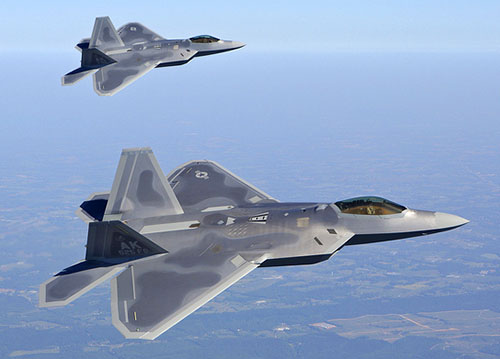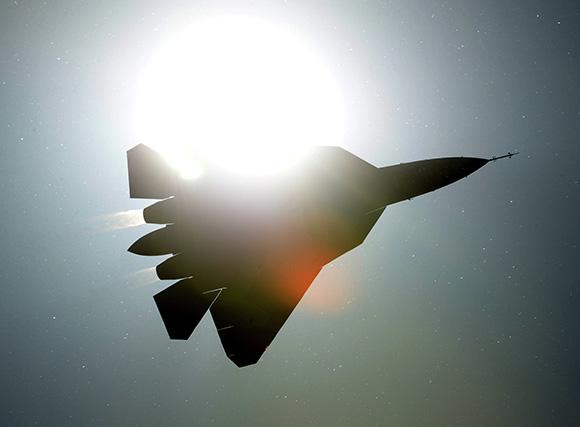"Our sixth generation fighter prototype will fly before the 2025 and will be hypersonic." Ambitious declarations issued to TASS by the United Aircraft Corporation.
Although Russia has not yet made its fifth-generation fighter operational, Moscow plans to fly a hypersonic platform within the next ten years.
Our sixth generation fighter will fly before the 2025 - explains Vladimir Mikhailov, Head of the Directorate of Military Aircraft of the United Aircraft Corporation - it will make its first flight, as we have scheduled, no later than two or three years after the 2020.
Declarations impossible to confirm, but the UAC also specify the design phase is well underway, with final concept already validated.
"It will be hypersonic, single-seater, invisible to the enemy, super-maneuverable, multi-functional and made with composite materials. The aircraft will also be produced in a non-pilot variant".
We know that preliminary studies on sixth-generation fighters are underway both in the US and in Russia, while the hypersonic asset, as well as being expensive, still imposes certain technological limits. The United States, despite advances in the propulsive apparatus for the hypersonic regime, is still unable to produce cells to withstand that flight regime due to high temperatures.
So could the Russians have discovered a new material? This question cannot be answered. However, Mikhailov's statements should be read with some caution.
Moscow is experiencing serious difficulties in developing its first fifth generation platform. The T 50-PAK FA, although it arouses a certain charm in promotional flights, like the one in the Crimea, is far from being operational. We know that in six years, the six prototypes of the T-50 have only completed 700 test flights.
The last known incident of a T-50 dates back to the 10 June of the 2014, when one of the two engines of the fifth prototype caught fire. From Sukhoi they had to suspend the production of the sixth prototype and use the components already made to repair the damaged aircraft. Despite the proclamations and a series production announced in the 2017 (it was announced by the end of the current year), the Russian Air Force has reduced the initial order of sixty T-50 to a dozen platforms with implemented changes.
 All fighters were equipped with AESA radar and three-dimensional vector thrust control. When the development of the PAK-FA is completed one day, Moscow will have a formidable fighter. The design is probably quite sophisticated if not similar in performance to that of the F-22 Raptor (photo on the right). If it can be even higher this is all to prove. The Russians pay the inexperience with the fifth generation technology, such as the integration between different sensors and the approach with the new coating stealth of which the Pak-Fa is equipped. It could take years and billions of dollars.
All fighters were equipped with AESA radar and three-dimensional vector thrust control. When the development of the PAK-FA is completed one day, Moscow will have a formidable fighter. The design is probably quite sophisticated if not similar in performance to that of the F-22 Raptor (photo on the right). If it can be even higher this is all to prove. The Russians pay the inexperience with the fifth generation technology, such as the integration between different sensors and the approach with the new coating stealth of which the Pak-Fa is equipped. It could take years and billions of dollars.
The T-50 took off for the first time the 29 January of 2010 (without, however, part of the avionics such as radar and arms management systems). The Russians confirm that the Pak-Fa will be built in a number between 800 and exemplary 1000, including exports. For the T-50, an operating cycle of forty years is expected, with an estimated cost of 100 million dollars per hunt.
The T-50 represents the first experience for the Russians with absorbing radar materials (Ram), compared to the thirty-year experience gained by the Americans with the F-117.
But what do we know about the sixth generation fighter? It should be a platform capable of reaching hypersonic speeds, with a reduced RCS, equipped with laser energy weapons, with the ability to hack enemy computer systems and with a self-healing structure. These, ideally, the specifications for the Next Generation Tactical Aircraft or Next Gen TAC AIR.
Science fiction? The opposite. Suffice it to say that preliminary studies on the seventh generation are also in progress, imagining specifics of an operating context at least 60 years away.
(photo: Sputnik / Lockheed Martin)












